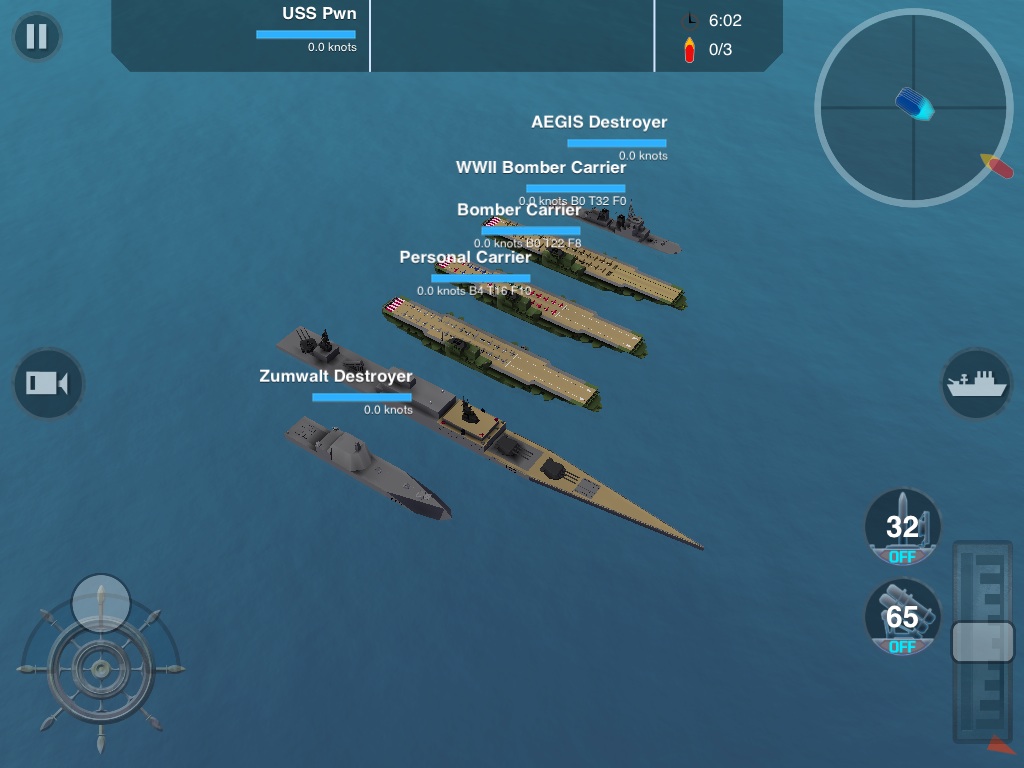
List List of aircraft carriers of the United States Navy Kennedy in October 2019, while construction is underway on Enterprise (CVN-80) and Doris Miller. This was followed by the launch of John F. Ford, lead ship of the planned ten-ship Gerald R. With the ten-ship Nimitz-class complete by 2009, October 2013 saw the launch of Gerald R. Ford-class nuclear supercarriers, the only two classes of supercarriers that are currently in active-duty service. These were then followed by the Nimitz-class and the modern day post-cold war Gerald R. Kennedy (CV-67), the last conventionally powered carrier. Later in the Cold War era, the first of the classes dubbed "supercarriers" was born, starting with the Forrestal-class, followed by the Kitty Hawk-class Enterprise (CVN-65), the first nuclear powered carrier and John F. The policy was eventually revised after a public outcry and Congressional hearings sparked by the Revolt of the Admirals. One more class in the start of the Cold War, the United States-class, was canceled due to the Truman administration's policy of shrinking the United States Navy and in particular, the Navy's air assets. The Cold War led to multiple developments in the United States' carrier fleet, starting with the addition of the Midway-class and the Saipan-class. During this time, the Navy also purchased two training vessels, USS Wolverine and USS Sable. Between these two classes, 35 ships were completed. With World War II looming, two more classes of carriers were commissioned under President Franklin Roosevelt: the Essex-class, which are informally divided into regular bow and extended bow sub-classes, and the Independence-class, which are classified as light aircraft carriers. These classes made up the entirety of the United States carrier fleet active prior to the Second World War. The Langley was a converted Proteus -class collier (originally commissioned as USS Jupiter (AC-3), Langley was soon followed by the Lexington-class, USS Ranger (the first purpose-built carrier in the American fleet), the Yorktown-class, and USS Wasp. The first aircraft carrier commissioned into the United States Navy was USS Langley (CV-1) on 20 March 1922. This list does not include various amphibious warfare ships which can operate as carriers. The United States Navy has also used escort aircraft carriers (CVE) and airship aircraft carriers. Beginning with the Forrestal-class, (CV-59 to present) all carriers commissioned into service are classified as supercarriers.

In the United States Navy, these consist of ships commissioned with hull classification symbols CV (aircraft carrier), CVA (attack aircraft carrier), CVB (large aircraft carrier), CVL (light aircraft carrier), CVN (aircraft carrier (nuclear propulsion)).


Aircraft carriers are warships that act as airbases for carrier-based aircraft.


 0 kommentar(er)
0 kommentar(er)
